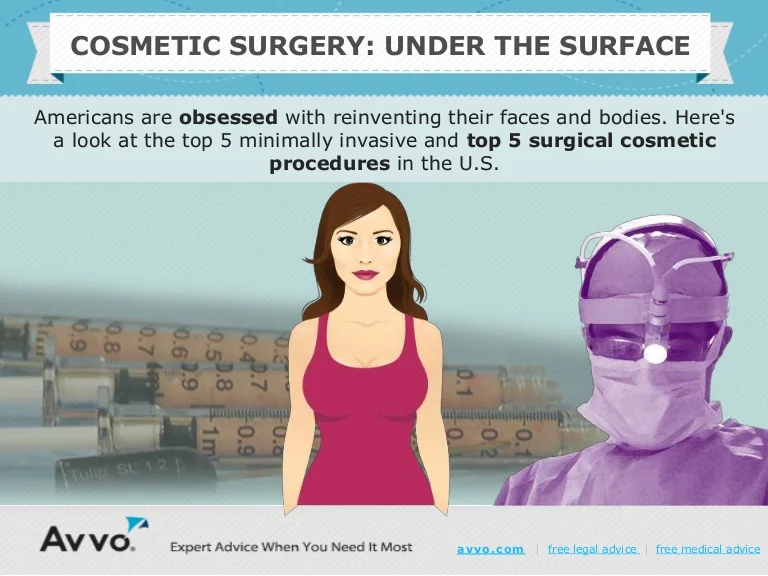Acne breakouts in the cheek location are activated by numerous points, from touching your face often to not changing your pillow case commonly enough. Picking at blemishes raises your danger of infection and scarring, and certain medicines can intensify dark spots (postinflammatory hyperpigmentation).
Luckily, there are several means to stop and deal with cheek acne. These consist of:
1. Hormone Adjustments
Acne is greatly brought on by hormonal agents, specifically those generated throughout the age of puberty and maternity. For some, a family history of acne might likewise add to their problem. Anything that blocks pores, such as oil-based skin care products or waxy hair products, can trigger acne. Various topical therapies, like benzoyl peroxide and salicylic acid, can deal with microorganisms and unclog pores. Those with extreme or chronic acne ought to seek treatment from their doctor.
Avoid touching or pressing your acne, as this can press several of the germs deeper into the skin, resulting in a more severe outbreak. It is additionally vital to transform pillow cases frequently and utilize clean makeup brushes. You need to additionally attempt to prevent irritants such as rubbing from putting on a safety helmet or tight collar.
2. Diet
The oily, sweet foods that lots of people believe trigger acne may actually refrain so. Actually, research studies have shown that consuming a diet plan rich in whole, nutrient-dense foods aids to avoid breakouts.
Foods high in the glycemic index (such as white bread, corn flakes, puffed rice and potatoes, doughnuts and various other breads) increase blood sugar degrees swiftly, and this can boost hormones that boost oil manufacturing and cause acne.
Consuming cow's milk has additionally been connected to enhanced acne breakouts. If you are a normal cow's milk drinker, you might intend to attempt switching to low-fat or nondairy alternatives that are strengthened with calcium. Furthermore, drinking even more water can assist to reduce acne due to the fact that it assists to keep the skin hydrated.
3. Excess Oil
While oil is crucial for healthy and balanced skin, it can become a trouble when excessive sebum mixes with dead skin cells and obstructs pores. This mix can create blackheads, whiteheads and acnes. The blocked pore wall can break down and spill microorganisms, dead skin cells and sebum into bordering skin. This leads to a red bump known as an acne. Often these red bumps have pus in the center from a microbial infection. Larger contaminated bumps that appear like acne are called cysts.
There are many points that can cause excess sebum and clogged up pores, including hormonal agent changes, diet and day-to-day practices. Some instances consist of touching the face frequently, relaxing your hand on your cheek, using unclean makeup brushes and not transforming pillowcases regularly.
4. Stress and anxiety
If you're taking care of pain acnes or a slew of blackheads and whiteheads, it might be time to talk to a skin doctor. They can recommend a reliable treatment that matches your skin type. Exercising relaxation and stress-reduction methods also assists.
Acne can occur in the cheeks because of friction and stress, such as when an individual touches their face often or puts on a hat or sports helmet that massages against the skin. It can additionally appear where oily cosmetics and lotions scrub versus the skin.
Prevent pressing acne, as this can push contaminated material deeper into the skin and bring about scarring. Instead, see a medical professional to find out about preventative therapies like medication, skin care items and way of life adjustments. Eating a healthy and balanced diet regimen of whole foods, obtaining seven to nine hours of rest and using noncomedogenic make-up and skin care products can all help in reducing acne breakouts.
5. Hair Products
Hair products are not commonly thought of as a root cause of breakouts, however they can add to acne on the cheeks in some people. Pomade acne, which is defined by tiny closed comedones and papulopustules, is frequently brought on by the use of oily hair items which contain comedogenic ingredients such as specific oils and acetylated lanolin.
Picking hair products that don't have these potentially comedogenic components is a vital step toward decreasing breakouts. Likewise, making sure that hair products aren't being available in contact with the skin can aid prevent breakouts. For instance, putting on a scarf or bonnet in the evening can restrict hair-to-face contact and decrease the chance dermalogica that leave-in hair items will rub off onto the face.
Along with making use of a non-comedogenic moisturizer and washing with an acne face laundry, various other helpful techniques consist of:
